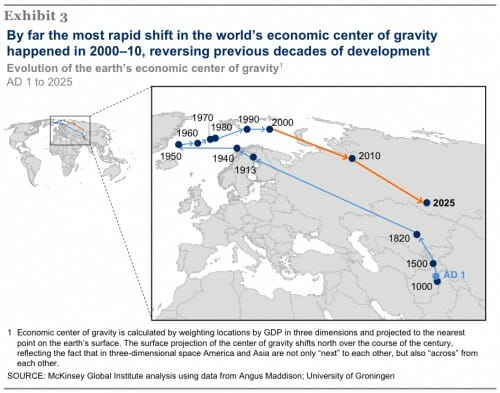Feminists and Disarming the Victim and a Modest Proposal
I have just been flabbergasted at the feminist reaction against efforts to teach women to be more difficult targets for sexual predators (e.g. communicating the dangers of binge drinking, nail polish that detects date rape drugs, etc). Nobody thinks that encouraging people to buy burglar alarms or lock their doors is somehow shifting blame for robbery to the victim. But that is exactly the argument feminists are making vis a vis sexual assault on campus. They argue that any effort to teach victims to be a tougher target is an insult to women and must be avoided.
This is just stupid. So stupid that I wonder if there is an ulterior motive. There is no way you ever are going to get rid of bad people doing bad things. Our historic messaging on things like date rape may have been confused or insufficiently pointed, but we have always been clear on, say, murder and there is still plenty of that which goes on. I almost wonder if feminists want women to continue to be victims so they can continue to be relevant and have influence. It's a sick thought but what other explanation can there be for purposely disarming victims?
So I was jogging the other night through a university (Vanderbilt) and saw all those little blue light emergency phones that are so prevalent on campus. In most cases, the ubiquity of those emergency phones is a result of the growing female population on campus and are there primarily to make women (and perhaps more importantly, their parents who write the checks) be safer feel more comfortable. Women's groups were big supporters of these investments. But why? Isn't that inconsistent? Shouldn't we consider investment in such emergency devices as wrong-headed attempts to avoid fixing the root cause, which is some inherent flaw in males?
If you say no, that it would be dumb to rip out the emergency phones, then why is it dumb to teach Freshman women some basic safety skills that may prevent them from being victims? I have taken numerous campus tours with my kids and in almost every one they point out the blue light phones and in almost every case say, "I have never heard of these being used, but they are there." I guarantee 30 minutes helping women understand how to avoid particularly risky situations would have a higher return than the phones.
I say this with some experience. I was in a business for a while that required international travel and in which there was some history of executives getting attacked or kidnapped in foreign cities. The company gave us a one-day risk-identification as well as beginner escape and evasion course. It was some of the most useful training I have ever had. And not for a single second did I think anyone was trying to blame me for street crime in foreign cities.



